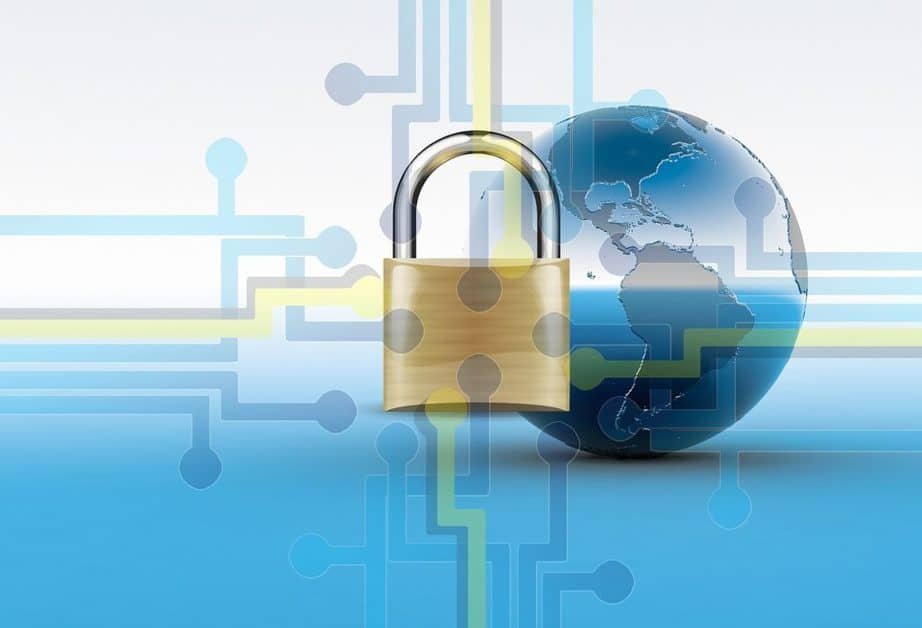What is causal analysis?
The cause is also called reason in this process. The purpose of causal analysis is to try to find the root cause of an issue rather than the symptoms. This technique helps to uncover the facts that lead to a certain situation. Therefore, with the help of any of the following ways, causal analysis can be carried out.
- Reviews/ Testing
- Audit of system/project output
- Management review
- Maintaining a quality system
- Customer Feedback/complaints
- Issues of the mission of the organization
Causal research objectives:
Identify critical issues – when a concern is found, the team will come together and arrange a brainstorming session to identify the root cause of the problem. Participants include those individuals or the organization that is dealing with a particular problem, specialists in the technical area, and representatives from the project’s quality analysis and defect preventing unit.
Recognize root causes and symptoms:
Members of the post-brainstorming session team are able to identify the root cause of the problem. Report the root causes of the problem. Using any of the following measures, the defect prevention team analyzes the problem:
Pareto analysis
Pareto review to evaluate the few critical causes/features believed to lead to the problem(s). Pareto Analysis is used to identify and target the different causes that contribute to the problem in order to substantially improve the impact of the action taken. Where quantitative data are available, Pareto Analysis is commonly used.
Cause-and-effect diagram
Cause-and-effect diagram or “Fishbone” diagram for displaying, clarifying, referencing, defining, and classifying potential causes of a problem. A root cause study (WHY-WHY analysis) is conducted using a Cause and Effect Diagram that aims to take appropriate corrective action to prevent the root cause from occurring in the future. The Cause and Effect Analysis is a relational methodology that allows team members to be present because brainstorming is used in tandem with this method.
Identify Corrective Action:
Group members present and discuss possible preventive measures or approaches for correcting the problem and avoiding the problem from occurring in the future. Members will also vote on the roles delegated to proceed on the defined action items along with any perceived risk and completion target date. In the following sessions, the action points are monitored for completion and follow-up takes place.
Performing Causal analysis and proactive measures throughout the organization:
Causal analysis and effective preventive steps are conducted at the following operational levels:
- Task / Work Group
- Operational
Project Level Analysis
The purpose of a task-level causal review is to locate specific problem areas with regard to deficiencies and problems.
Leaders of the project teamwork regularly to monitor the success of the faults and problems along with the team members ‘ inputs.
Depending on the dialogue, the committee defines optimal cycles on a predetermined basis as well as an event-driven framework for performing situational review and assessing necessary corrective actions and follow-up to the termination. At the conclusion of a process or once in a month, whichever is sooner, causal analysis is done. For situations where Phases intersect, Causal analysis will be conducted for the current phase before the next phase begins.
The team will also periodically monitor the effectiveness of such corrective actions.
The team will initiate discussions and identify a suitable plan along with appropriate methods to avoid problems, as needed, to support and prevent problems. The committee will also assess the success of these tasks regularly to recommend necessary corrective actions.
Significant points arising from these discussions shall be reported and all representatives of the project team shall receive the minutes of the conference. The project manager takes liability for any items of action that occur and monitors the items of action to be removed. The entire project team shares their experiences during project team meetings in order to identify causes of problems that have occurred and to avoid the recurrence of known problems. Project managers also use frequent program status reports and department leader issues.
The Project Managers will also meet regularly with the Head of Practice / Delivery. Project teams will also work on a regular basis at a time set out in the project plan. Address the following meetings:
- Task results
- Plan milestones to date
- Work operations to be done
- Transfer of obligations for potential projects
Workgroup Level Analysis:
Departmental sessions are organized by the leaders of different workgroups to
- Exchange details regarding departmental operations
- Provide sensitive and non-confidential data concerning incidents in the organization
- Discuss department-wide issues / issues.
- Identify and address the root causes concerned
- Identify and track effective corrective actions delegated
Departmental meetings will serve as a forum for department members to share experiences and discuss issues with a view to finding solutions and preventing the recurrence of problems through discussion and causal analysis. During such meetings, one of the team members will record significant points thrown up. The leader of the workgroup takes liability for these items of action and monitors the items of action to be removed.
Organizational Level Analysis
Together with the Chairman, the members of the different workgroups in the organization must meet regularly during SIR’s to address departmental concerns and events. Such meetings must take place at least on a monthly basis and more regularly if needed. Participants
- Address specific concerns and issues facing the working group during such sessions.
- Exchange key information about the actions of the working group.
- Try to resolve any interdepartmental communication problems that are pending.
- Address specific consumer issues regarding the company as a whole.
- Share information on problems and proactive measures.
Both members will be registered and shared the minutes of the meetings. The Member of the Working Group accepts responsibility for specified action items. In addition, the department heads relay this information through departmental meetings to departmental staff.











Leave a Reply